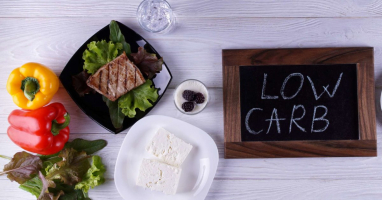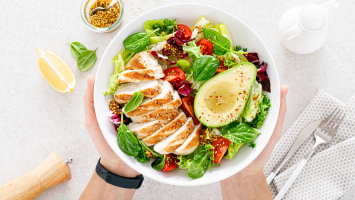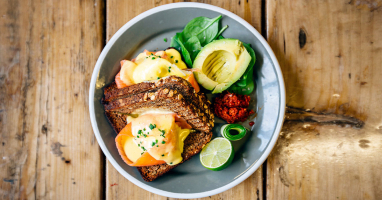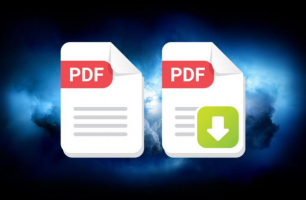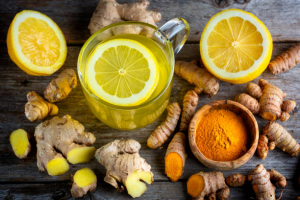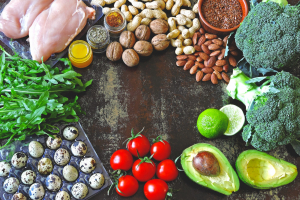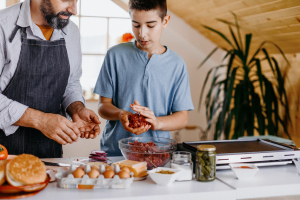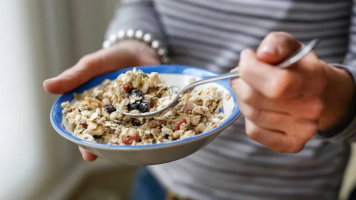Top 15 Easy Ways to Reduce Your Food Waste
According to a survey from the National Resources Defense Council, 40% of all food produced in the United States is thrown away. Additionally, households ... read more...account for 43% of all food waste, wasting more food than restaurants, grocery shops, and fast food restaurants combined. Although these numbers may seem overwhelming, you may contribute to the reduction of this harmful behavior by using the simple tips in this article. Scrolling for more information!
-
In fact, people buy more food than they actually need. Although studies have shown that buying in bulk results in increased food waste, it may be more convenient for everyone.
Instead of making a big grocery shop once a week, go to the grocery store often every few days to avoid buying more food than you need. Before buying extra foods, be sure you eat what you bought. Make a shopping list of everything you'll need to make the meals. Make sure to look in your refrigerator and cabinets to see what you already have. Only make plans for things you know you will make. By doing this, you'll avoid having to toss away a lot of the things you buy but don't use. You'll be able to cut back on impulsive buying and food waste thanks to this.
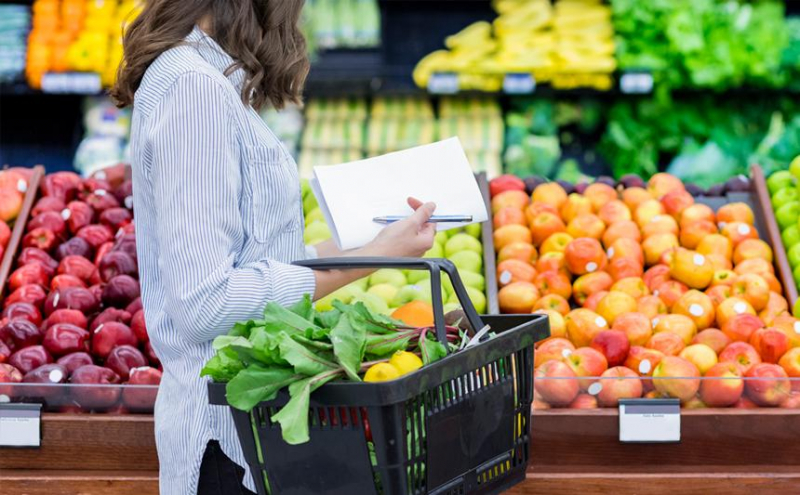
Shop Smart 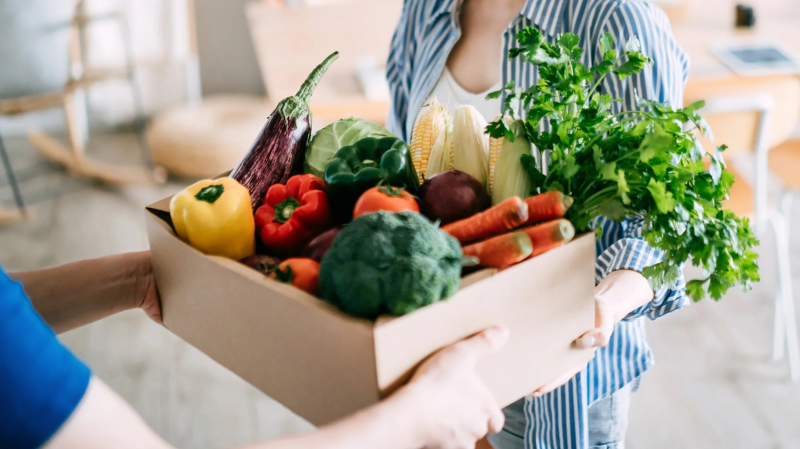
Shop Smart -
Large amounts of food are wasted as a result of improper storage. The Natural Resource Defense Council estimates that food spoilage accounts for around two-thirds of household waste in the United Kingdom.
The lack of knowledge on how to properly store fruits and vegetables can cause premature ripening and, finally, rotten produce. For instance, you should never refrigerate potatoes, tomatoes, garlic, cucumbers, or onions. Keep these things at room temperature. Another great method to lessen food spoiling is to separate foods that release more ethylene gas from those that don't. Ethylene promotes food ripening and increases the risk of spoiling. Foods that produce ethylene gas while ripening include bananas, avocados, tomatoes, cantaloupes, peaches, pears, green onions,... To prevent premature spoilage, keep these items away from produce that is susceptible to ethylene, such as potatoes, apples, leafy greens, berries, and peppers.
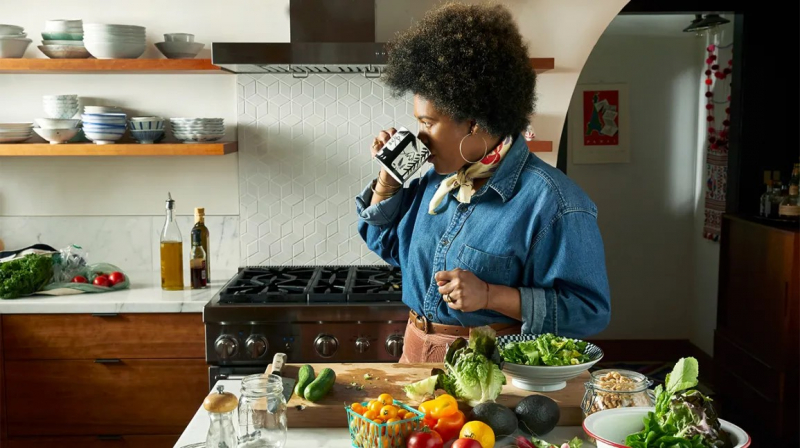
Store Food Correctly 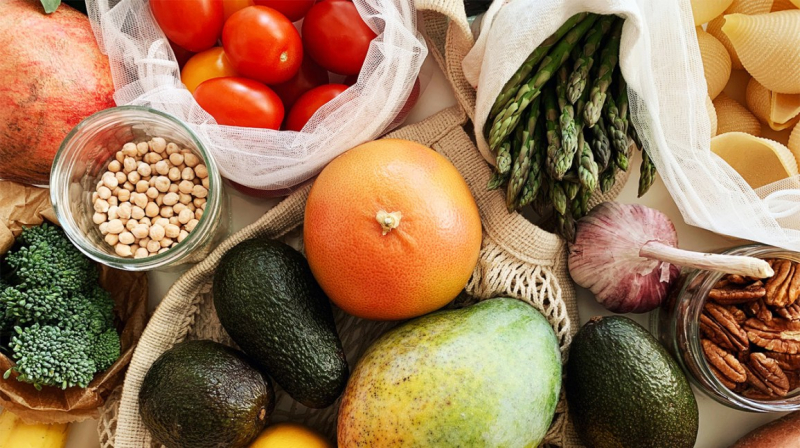
Store Food Correctly -
Methods for preserving food such as pickling and fermentation have been practiced for thousands of years. Pickling is a technique of food preservation that uses vinegar or brine, and it may have been used as early as 2400 BC.
You may prolong the life of food by pickling, drying, canning, fermenting, freezing, and curing, which will decrease food waste. These techniques not only reduce your carbon footprint but also help you save money. Additionally, the majority of preservation procedures are simple. You may make a delicious and lasting treat that even children will like by pickling fresh carrots from the market or by preserving an excess of ripe apples and turning them into applesauce.
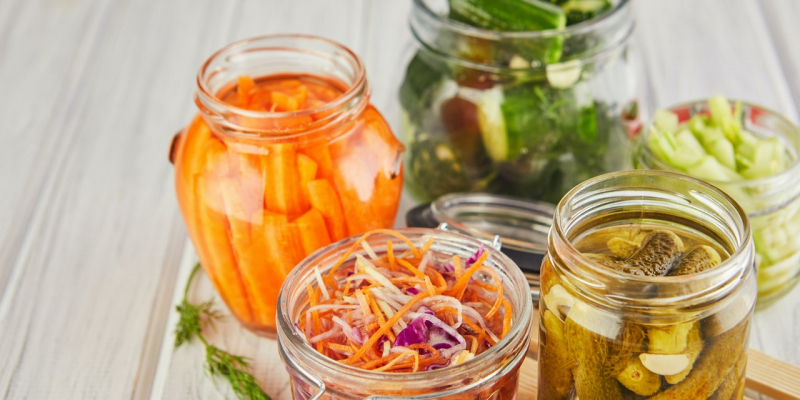
Learn to Preserve 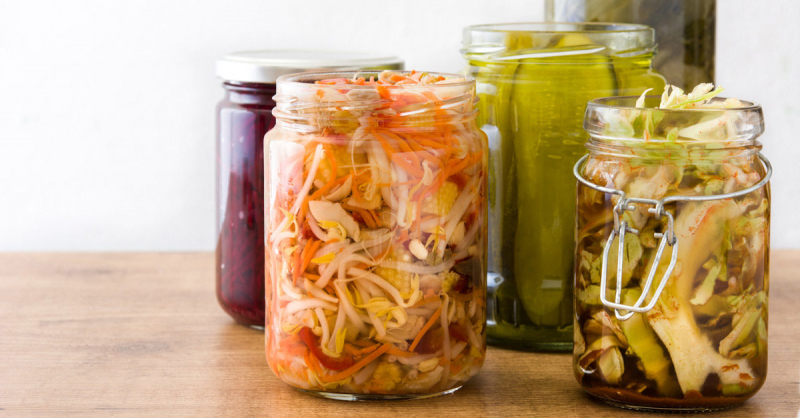
Learn to Preserve -
You might be surprised to know that looking through a bin of apples until you find the most perfect-looking one contributes to food waste. Even though they are equal in nutrition and flavor, so-called "ugly" fruits and vegetables are often overlooked to choose the ones that are more aesthetically beautiful.
Major grocery chains now only buy picture-perfect produce from farmers in response to consumer demand for perfect fruits and vegetables. As a result, a ton of food gets wasted. In an effort to cut down on waste, major supermarket stores like Walmart and Whole Foods have started selling "ugly" fruits and vegetables at a discount. Choose slightly imperfect produce at the grocery store or, even better, buy it directly from the farmer.
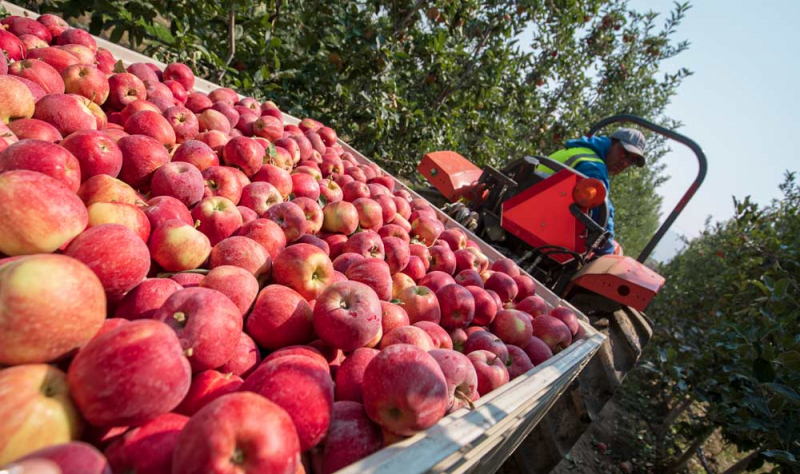
Pick ugly fruit and vegetables 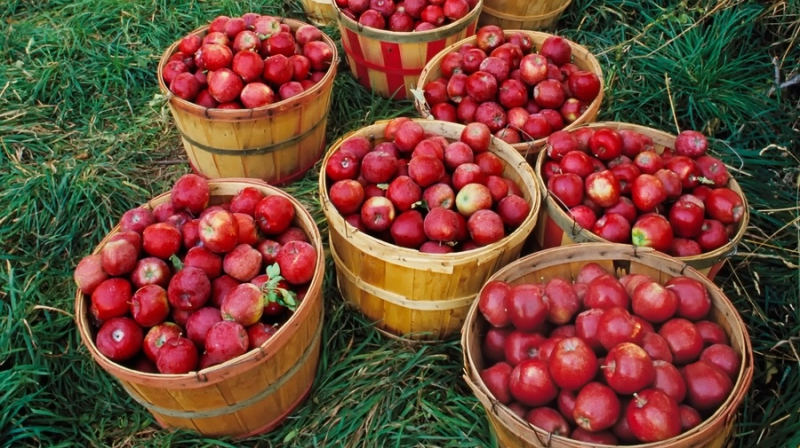
Pick ugly fruit and vegetables -
In the fridge, clutter can lead to bacteria, waste, and bad smells. Additionally, who has time to search for ingredients when stomachs are growling and dinner needs to be on the table in 20 minutes?
A well-stocked fridge can be beneficial, but one that is overstuffed can result in excessive food waste. By keeping your fridge organized, you can easily view your food and keep track of when it was bought, preventing food spoilage. The "first in, first out" (FIFO) strategy is an effective way to restock your fridge. Place the most recent package under the older one, for example, when you buy a new carton of berries, place the newer package behind the old one. This makes it more likely that spoiled food will be eaten.
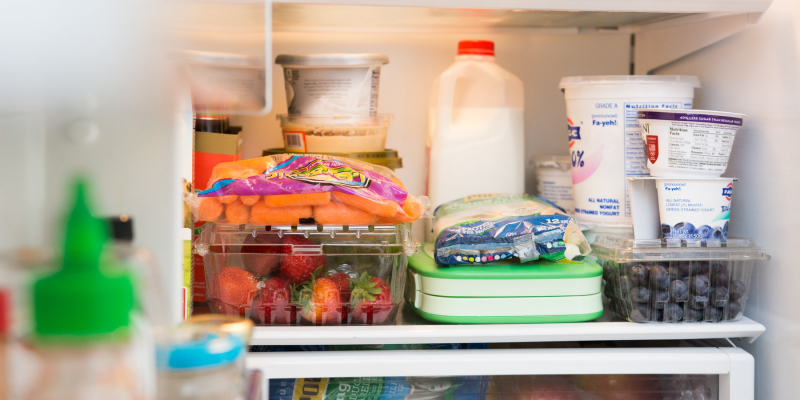
Keep Your Fridge Clutter-Free 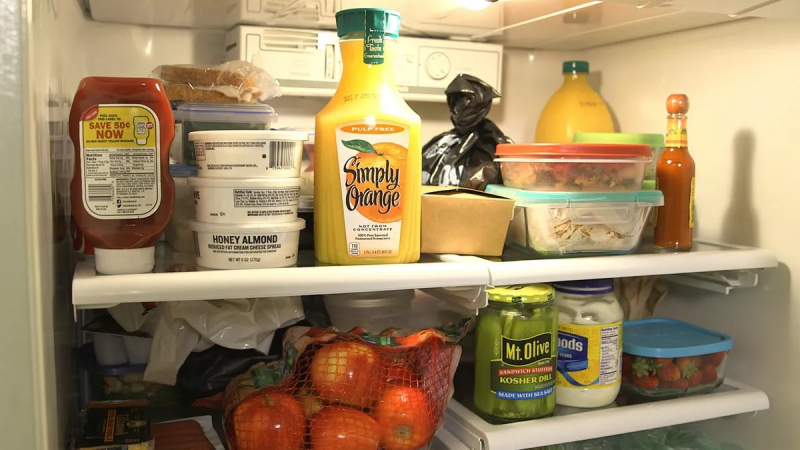
Keep Your Fridge Clutter-Free -
Whether you’re cooking for one or a crowd, leftovers always seem to have. And maybe one of the greatest parts of any holiday meal is what comes after, eating the leftovers.
Even though many people preserve the leftovers from large dinners, they frequently forget to take them out of the fridge until they go bad. It's easier to remember to eat leftovers if you store them in a clear glass container as compared to an opaque one. If you often cook and have leftovers, set aside a day to consume those that have accumulated in the fridge. It's a great method to keep food from going to waste. Additionally, it helps you save time and money. But it's important to be aware of food safety issues while eating leftovers, such as making sure they're kept properly and being aware of how long they're good for.
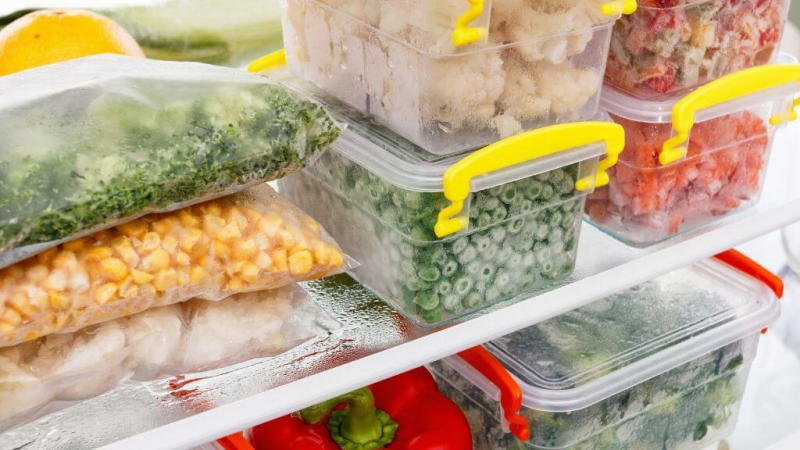
Save Leftovers 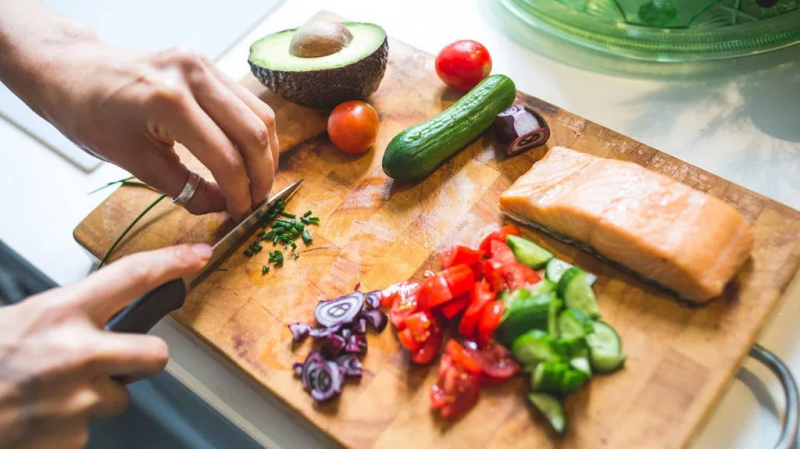
Save Leftovers -
When preparing meals, people frequently peel the skins from fruits, vegetables, and chicken. This is the wrong idea because the skin of these foods both contains significant amounts of nutrients.
As an example, apple peels are rich in fiber, vitamins, minerals, and antioxidants. In fact, triterpenoids, a group of substances found in apple peels, have been identified by researchers. They function as strong antioxidants in the body and could be able to combat cancer. In addition, chicken skin is a rich source of protein, healthy fats, vitamin A, and B vitamins. In addition, chicken skin is a great source of selenium, an antioxidant that reduces inflammation in the body. These benefits go beyond chicken and apple skin. These benefits are not limited to chicken and apple skin. Potato, carrot, cucumber, mango, kiwi and eggplant skin are all edible and healthful. Eating the skin is not only delicious, but it also saves money and lessens the impact of food waste.
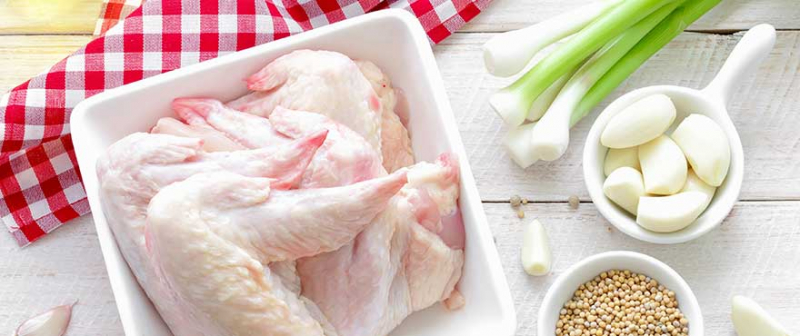
Eat the Skin 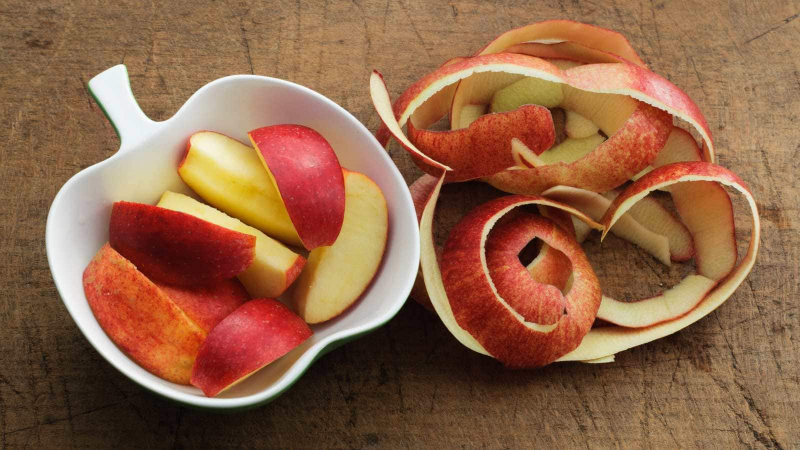
Eat the Skin -
Over the year, the main reason eggs were considered unhealthy in the past is that the yolks are high in cholesterol. People believed that consuming foods high in cholesterol, such as eggs, significantly affects cholesterol levels.
However, studies have shown that in most people, dietary cholesterol only has a small effect on cholesterol levels. So evidence shows that most people, even those with high cholesterol, can enjoy whole eggs risk-free. Furthermore, Iron, Vitamin B2, B12, and Vitamin D are rich in egg yolks but are absent from egg whites. You miss out on other nutrients if you simply eat the egg whites. According to research done at the University of Connecticut, the fat included in egg yolks helps in lowering harmful cholesterol levels in the body. Egg yolks can be used in other recipes to cover up their flavor if you don't like the way their taste or texture. Egg yolks can even be used to make an ultra-moisturizing hair mask.
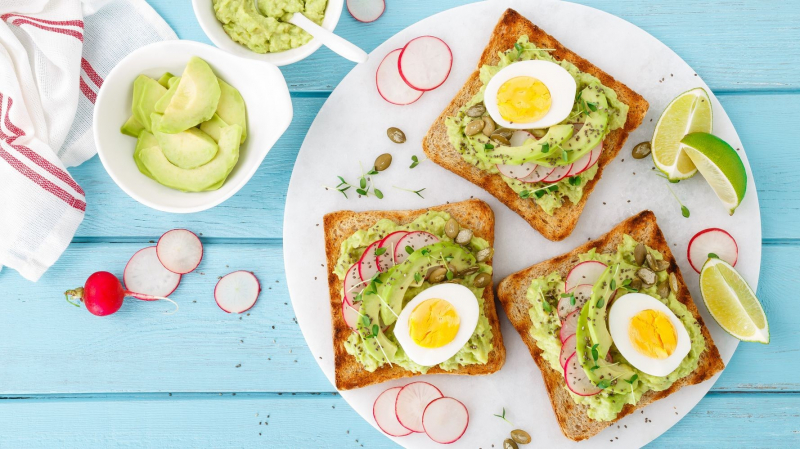
Eat the Yolk 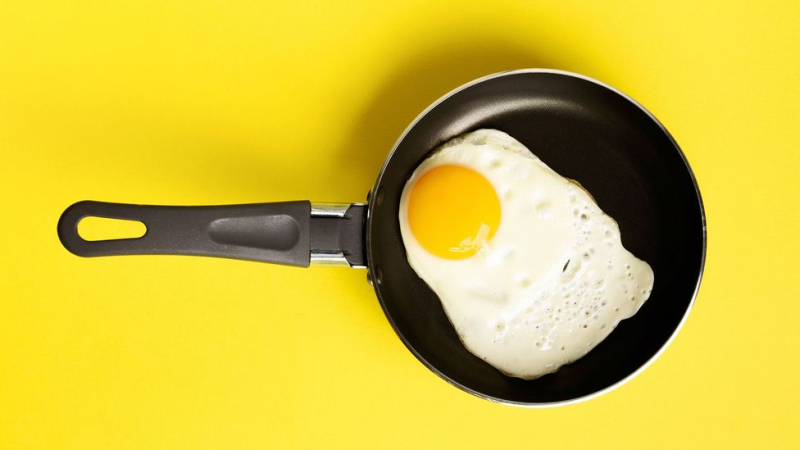
Eat the Yolk -
The majority of the 1.3 billion pounds of pumpkins that are produced annually in the United States are thrown away. There are ways to lessen the waste associated with saving seeds.
For example, pumpkin seeds can be eaten raw, but are best roasted. To roast them, throw them in melted butter or olive oil along with salt, pepper, and any additional ingredients you want. They should be baked at 300°F (150°C) for 30 to 40 minutes, or until brown and crunchy. In fact, pumpkin seeds are savory and nutrient-rich. They contain a lot of magnesium, a mineral that supports the health of the heart and circulation and lowers blood pressure and blood sugar. Acorn and butternut squash seeds can be prepared in the same way as pumpkin seeds.
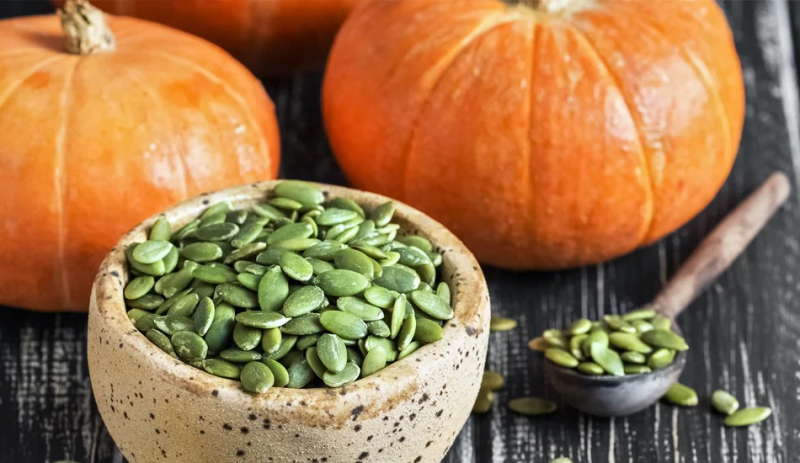
Be a Seed Saver 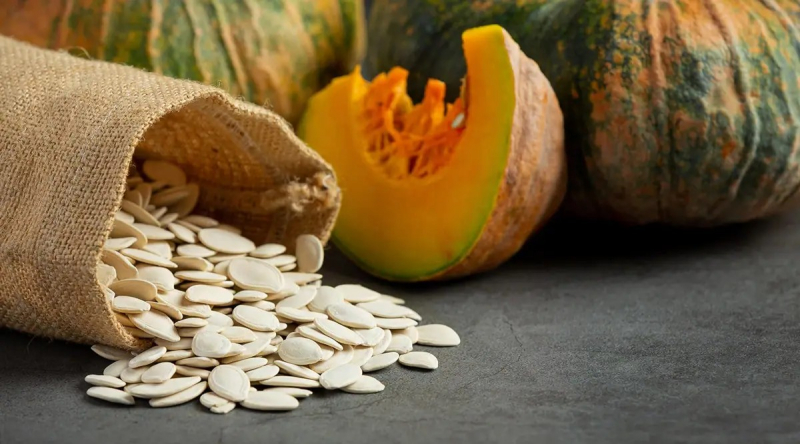
Be a Seed Saver -
Making a nutrient-rich smoothie in the mixer might be a tasty way to decrease food waste. Even while the stems, ends, and peels of produce may not taste good when eaten whole, blending them into a smoothie allows you to benefit from all of their numerous advantages.
Greens like kale and chard stems are a great addition to smoothies since they are rich in fiber and minerals. Beet, strawberry, and carrot tops are all excellent additions. Fruit and vegetable peels, wilted herbs, overripe bananas, and cut broccoli stalks are some additional items that can be included in a healthy mix instead of being tossed. Smoothies are frequently taken as a breakfast food or afternoon snack. They may be a great way to increase the number of nutritious meals in your diet.
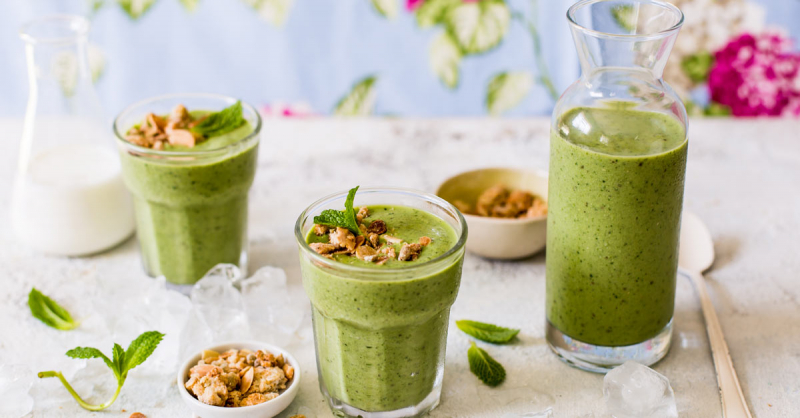
Blend It Up 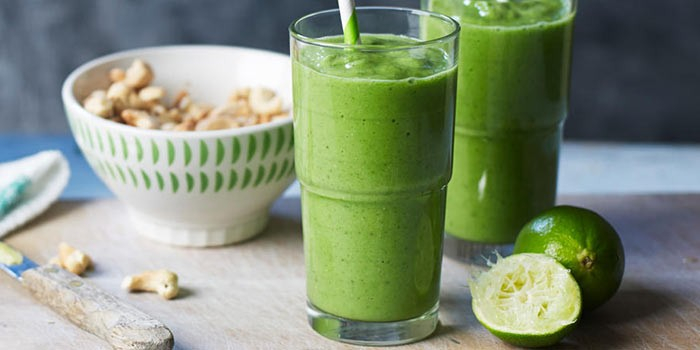
Blend It Up -
People frequently throw perfectly safe products without understanding what the actual meaning of the food expiration date is. This contributed to over half of the food people buy in the United States is wasted, which is a major problem.
The words “use by” or “expires after” on food packaging also don’t mean that the food is unsafe after that date. The distinction between "use-by" and "best before" dates is substantial. When a food packaging has a "sell by" date, the manufacturer is informing the retailer how long to keep the item on display for sales. It is not a time safety date or directive to the consumer at all. The food is not always thrown out the next day just because it has beyond its "sell by" date. The same as "best by" dates, the product may not necessarily be ruined or a potential source of foodborne disease based on these dates. Instead, they suggest that beyond that date, the product will start to change or lose its freshness. For instance, artificial colors may fade or liquid substances may separate. So use your best judgment when deciding whether the food that is slightly past its expiration date is safe to eat.
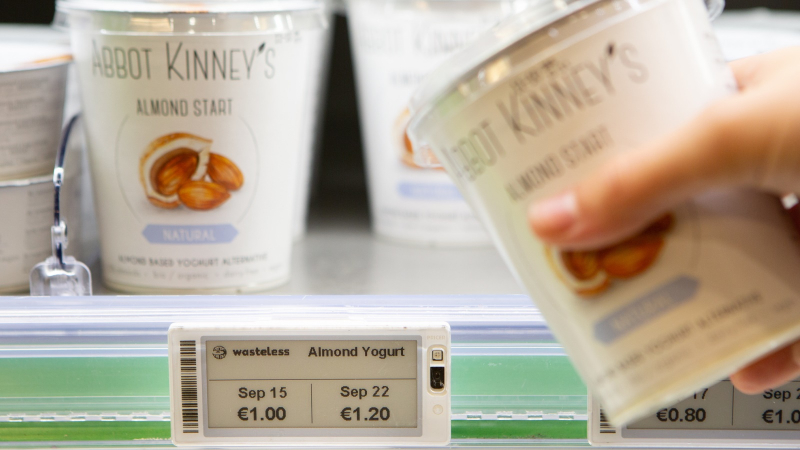
Understand Expiration Dates 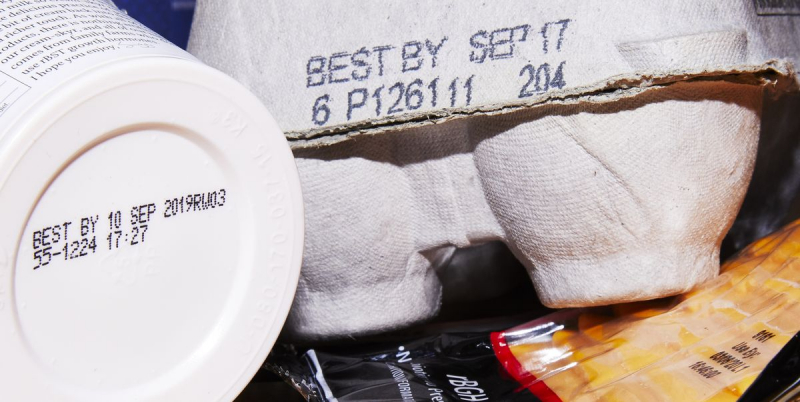
Understand Expiration Dates -
There are many options available if you don't like the taste of water or simply need a little flavor to encourage you to drink more. Making water taste good is one of the simplest ways to increase water intake.
Consider drinking water that has been naturally flavored by adding or infusing it with fruit or herbs, such as lemon, lime, peaches, cucumber, or mint. Cucumber, apple, and citrus fruit peels may be used to give your drink of water or seltzer a kick. Berry tops and wilted herbs are also great additions to your water bottle. Add the leftover fruit or herbs into a smoothie after you drink your water for a zero-waste nutrition boost.
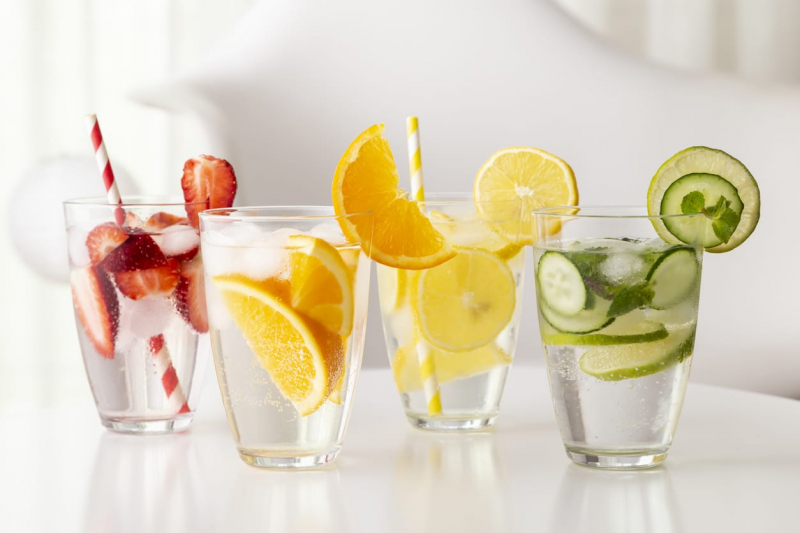
Perk Up Your Water 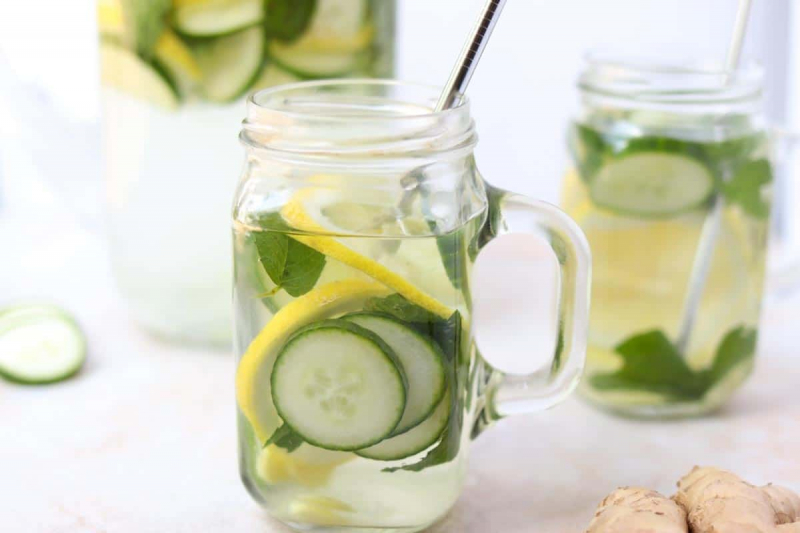
Perk Up Your Water -
For many people, overeating is a problem. Making sure your portion sizes remain within a healthy range not only aids in maintaining a healthy weight but also minimizes food waste.
Although you might not hesitate to toss the leftover food from your plate into the garbage, keep in mind that food waste has a significant negative influence on the environment. Food waste may be decreased by practicing portion control and being more aware of how hungry you truly are. There are many practical steps you might take to control portions. With these simple changes, servings have been successfully decreased without compromising on taste or feelings of fullness. For example, you may lessen your risk of overeating by measuring your food, using smaller plates, drinking water before meals, and eating more slowly.
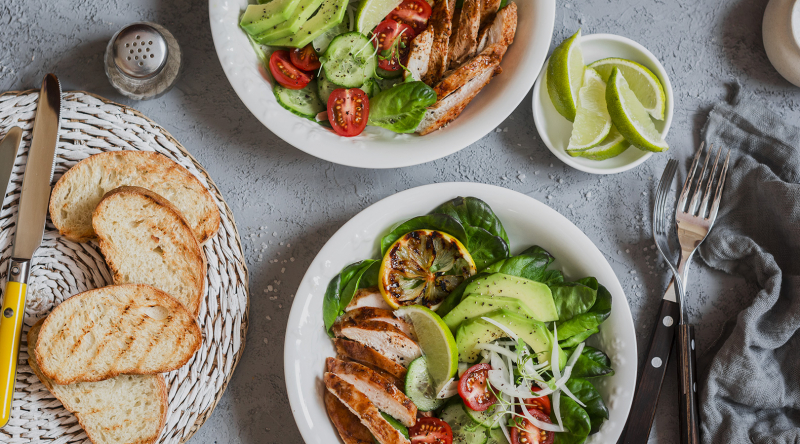
Keep Your Serving Sizes in Check 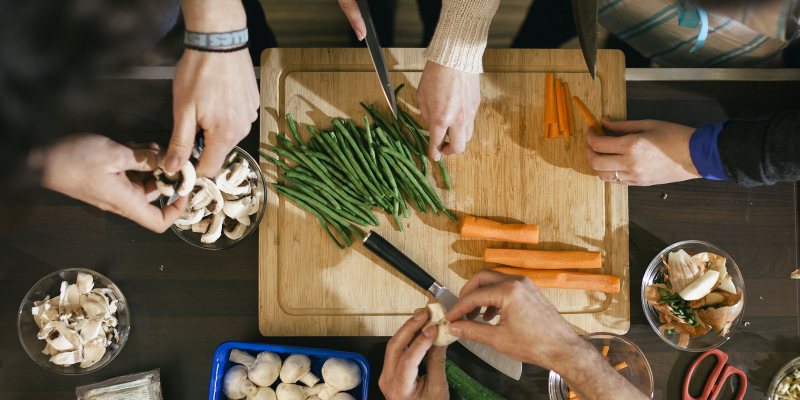
Keep Your Serving Sizes in Check -
One of the simplest methods to preserve food is to freeze it, and there are many food types that freeze well. In fact, almost everything may be frozen in order to retain nutrition and reduce waste.
For example, you may freeze any greens that are a little too soft to use in your favorite salad and use them later in smoothies and other dishes. To make a convenient and delicious addition to sautés and other recipes, leftover herbs can be combined with olive oil and chopped garlic. The mixture is then frozen in ice cube trays. Meal leftovers, excess produce from your local farm market, and bulk meals like soups and chilis may all be frozen. It's a great method to ensure that you always have a healthy, home-cooked meal available.
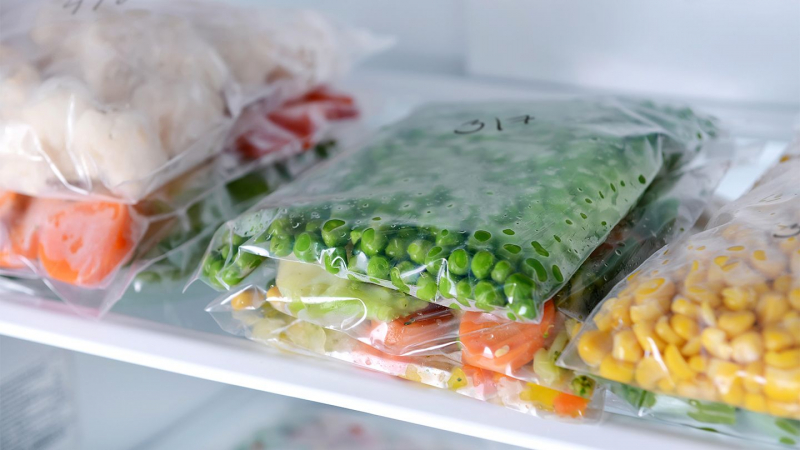
Get Friendly With Your Freezer 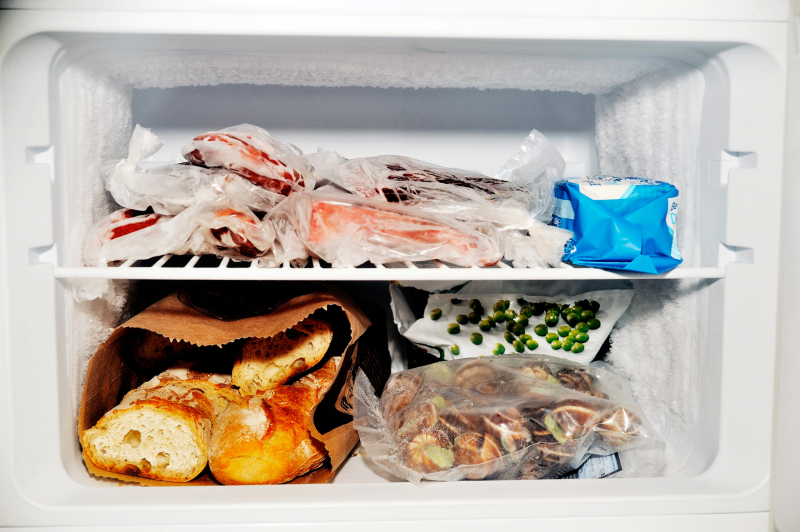
Get Friendly With Your Freezer -
Composting in your backyard is a great method to feed your plants and avoid food waste from going to the trash. Food scraps may be reused through composting, which turns food waste into energy for plants.
While not everyone has room for an outdoor composting system, there are many countertop composting systems that make this practice simple and available to everyone. A countertop composter is ideal for city people with houseplants or small herb gardens, whereas an outdoor composter may be suitable for someone with a sizable yard. Small composting containers are another option that you may have in your home.
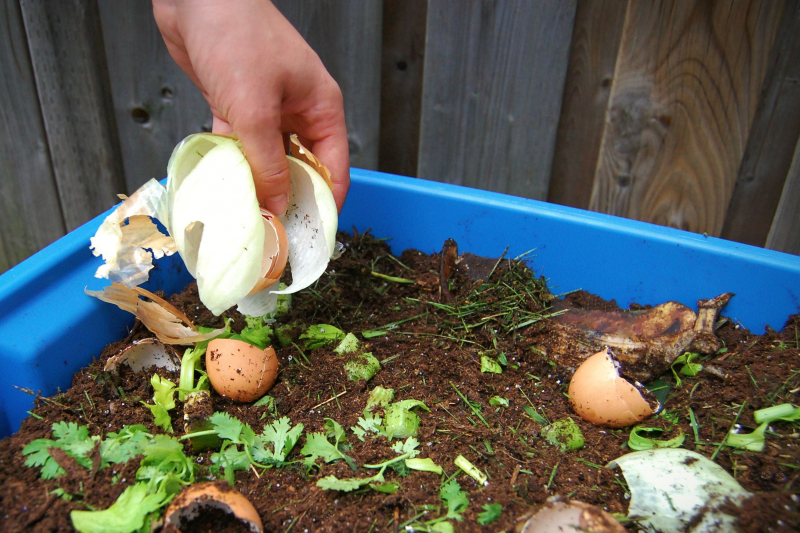
Compost If You Can 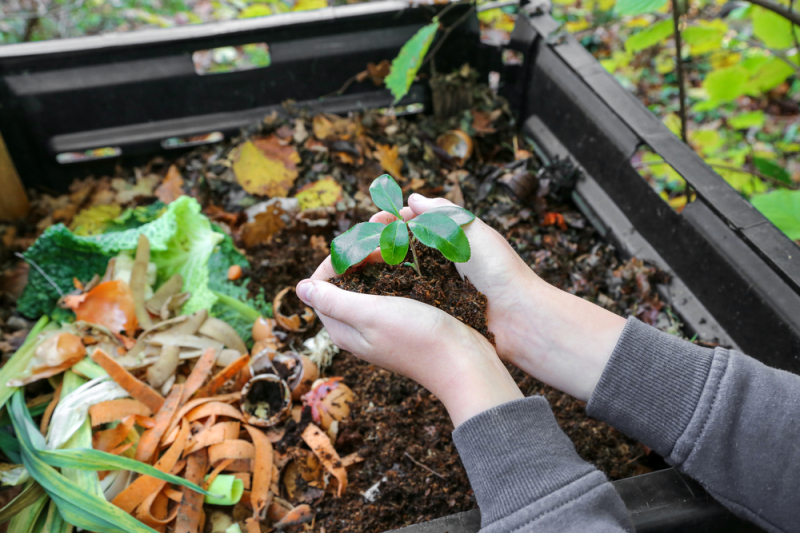
Compost If You Can

















